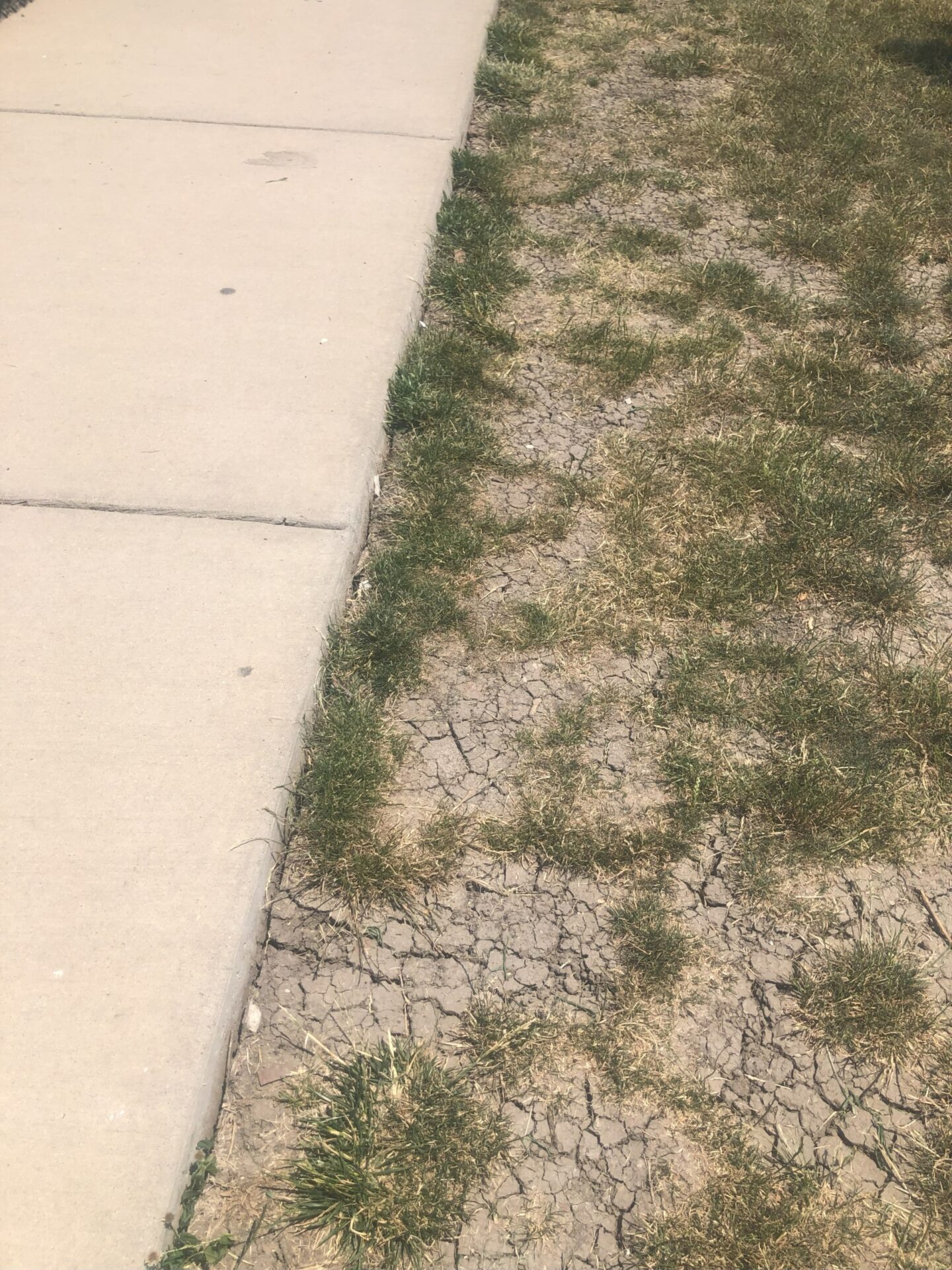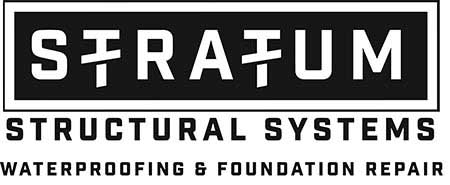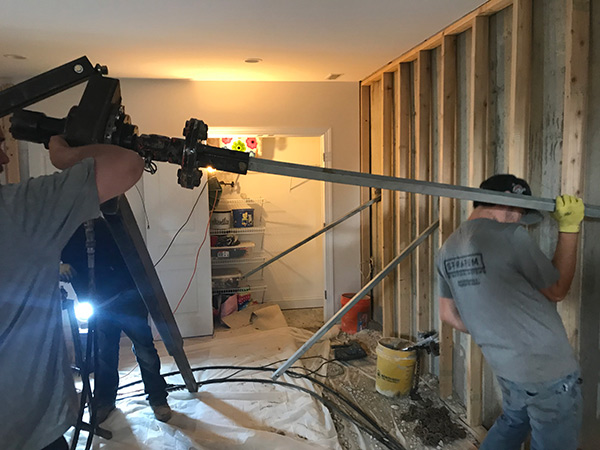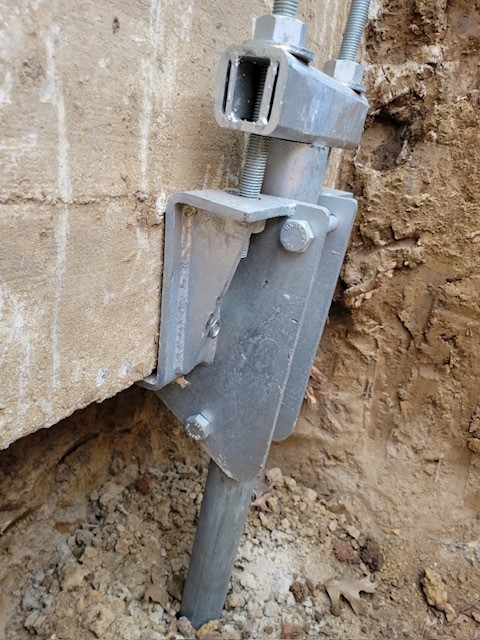Why Shrinking Clay Soil Could Cause Foundation Problems

Many homeowners in St. Louis County may notice small cracks in the soil around their house and think little of it, assuming it’s just part of the changing seasons. It’s completely understandable to overlook these subtle shifts, especially with everything else on your plate. However, these early signs can actually be your home’s way of asking for a little extra attention. Staying alert to changes, such as shrinking soil or gaps near your foundation, can make a significant difference in protecting your property. With the right knowledge, you can feel confident knowing when to take action and keep your home safe for years to come.
What Is Shrinking Clay Soil?
Shrinking clay soil is a common challenge for St. Louis homeowners, thanks to the region’s prevalence of “bull tallow” clay. This type of soil is dense and sticky. It retains water when it rains, swelling up as it absorbs moisture.
When the weather turns dry, the clay loses that moisture and contracts, or shrinks. As it dries, the soil around your home may develop cracks. This shift in moisture may also cause the soil to pull away from the foundation itself at times.
These shifts aren’t just on the surface. They can create hidden voids beneath your house. Over time, shrinking clay soil can lead to settling, cracks in walls, and even bowing basement walls.
St. Louis’s unpredictable weather only makes this cycle more intense. Heavy spring rains cause the clay to swell and push against your foundation. On the other hand, hot, dry summers pull the moisture out, causing the soil to shrink and settle.
This constant tug-of-war with clay soil puts stress on your foundation year after year. That’s why homes in our area are especially vulnerable to foundation movement and damage. Recognizing these patterns and their impact is the first step in protecting your home from costly repairs down the line.
Spotting Warning Signs of Shrinking Clay Soil and Foundation Damage
Shrinking clay soil often makes its presence known in subtle ways. You might first notice cracks forming in the yard around your home or small gaps appearing between the ground and your foundation. These changes can seem minor, but they are important early signals that the ground beneath your house is shifting and settling.
Here are some common warning signs of foundation damage to watch for:
- Cracks in basement walls: Look for vertical, horizontal, diagonal, or stair-step cracks. These can indicate that your foundation is under stress from shifting soil.
- Bowing or leaning walls: If you see basement walls curving inward or tilting, this is a sign that the soil is pushing against your foundation.
- Uneven floors and sticking doors/windows: Floors that slope or doors and windows that suddenly become difficult to open can indicate foundation movement beneath your home.
It’s important to remember that not every crack or gap is a reason to panic. Some are simply cosmetic and part of the normal settling process.
However, others can signal more serious structural issues that should not be ignored. If you notice any of these warning signs, it’s always wise to have a professional inspection to ensure your home stays safe and secure.
How Shrinking Clay Soil Impacts Your Home’s Foundation
We understand how unsettling it can feel to notice changes around your home and not know what they mean for your foundation. Many St. Louis homeowners experience this uncertainty, especially with our region’s unpredictable weather and notorious bull tallow clay soil.
Let us help you understand what’s happening beneath your feet so you can make informed, confident decisions about your property:
- When the clay soil is wet, it absorbs moisture and swells, pressing against your foundation and providing support.
- As the weather dries out, the clay loses moisture and contracts, causing it to pull away from the foundation. This shrinkage creates empty spaces or voids beneath your home.
- Without that support, parts of your foundation can settle unevenly, leading to cracks in the structure and visible damage.
As clay soil swells and shrinks repeatedly, your foundation is subjected to constant stress. This ongoing movement weakens the foundation, making it more likely to shift, crack, or even develop bowing walls over time.
There are other risks to be aware of. Gaps around your foundation let water seep in more easily. This can cause moisture problems and mold. If left unchecked, it may even cause structural damage and lower your property value. Spotting these early signs helps protect your home and your investment.
Why a Professional Inspection Matters
When it comes to your home’s foundation, it can be difficult to tell the difference between a harmless cosmetic crack and a sign of a more serious structural problem. That’s why a professional inspection from someone who truly understands St. Louis’s unique soils is so important. Our team at Stratum Structural Systems is here to help you get the answers you need, without any pressure or obligation.
We offer free, no-obligation inspections because we believe every homeowner deserves peace of mind. We’ll begin with a thorough assessment of your property, examining closely any cracks, gaps, or other warning signs you’ve noticed. Our experts then clearly explain what we find, ensuring you understand whether the issue is minor or something that requires prompt attention.
If repairs are needed, we’ll suggest solutions designed just for your home. Sometimes it’s a simple crack repair, other times a more complete foundation stabilization or repair may be needed.
Our team knows St. Louis’s clay soils inside and out. We take pride in our honesty, integrity, and genuine care for every customer’s home. Some of our best reviews come from homeowners who actually didn’t need our services but appreciated our honesty during the inspection!
How to Stabilize Foundation on Clay Soil
Stabilizing a foundation on clay soil often involves proven solutions, such as installing steel or helical piers beneath your home. These supports reach deep into stable ground, bypassing the shifting clay and providing lasting stability. Sometimes, additional steps like proper drainage or soil grading are recommended to keep water away and reduce soil movement.
Foundation issues are a common challenge for St. Louis homeowners, especially with our region’s clay soil. The good news is that these problems are manageable when you have the right team by your side. If you notice cracks in your foundation or gaps between the soil and your home, taking prompt action can prevent more significant problems down the road.




